
The state of Florida is filled with scenes of natural beauty, meaning that it offers interested individuals plenty of choices for their summer vacations. However, one of the most popular choices is Sanibel Island, which is one of the cities that make up the Cape Coral-Fort Myers, Florida Metropolitan Statistical Area. As stated in its name, it is situated on an island, meaning that visitors have superb access to the sea as well as all of the interesting places that can be found in the city, in the city’s surroundings, and in the rest of the metropolitan area.
With that said, it is interesting to note that the region is also associated with pirates, which were serious nuisances in their time but have long been subjects of enormous interest to a wide range of people. As a result, while Sanibel Island is best-known for its natural landscape, it is also important to note that it has more than its fair share of historical landmarks and other cultural sites of interest, thus making it a well-rounded choice for a summer vacation.
Here are 20 things that you may or may not have known about Sanibel Island:
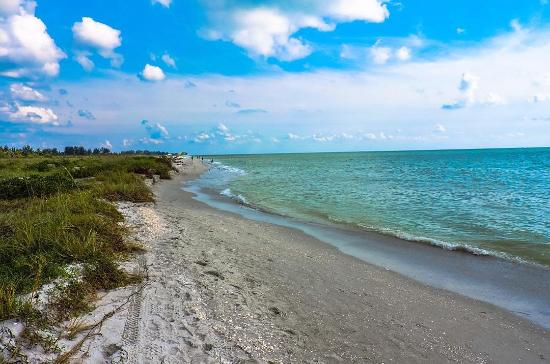
1. Sanibel Island Is a Barrier Island
Sanibel Island is what is called a barrier island. For people who are unfamiliar with the concept, barrier islands are made out of sand that has been shaped into their present form by wind and wave, with the result that they tend to run alongside the coasts as a sort of energy absorber for territories that are further from the sea. There are numerous barrier islands that can be found off of the coast of the state of Florida, with Sanibel Island being but one of those examples:
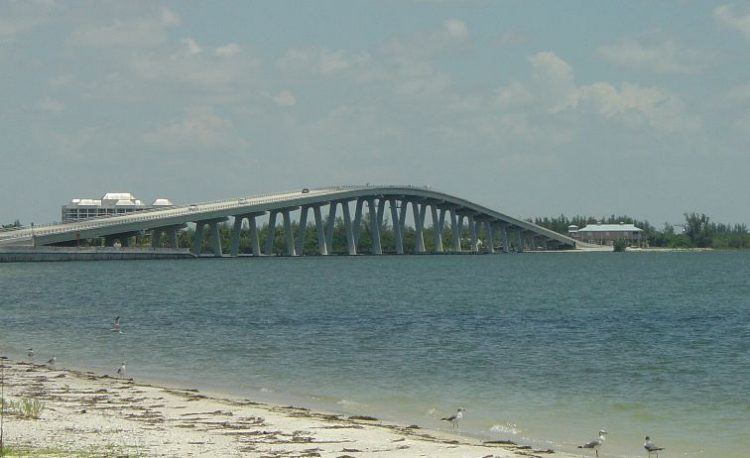
2. Is Connected to the Mainland By the Sanibel Causeway
One of the reasons that Sanibel Island is so popular is because of the convenience of visiting it compared to some of the more isolated islands out there. This is because it is connected to the mainland by the Sanibel Causeway, which consists of three two-lane bridges as well as two man-made causeway islands with which to connect them. Before the Sanibel Causeway was completed in 1963, people had to take a ferry to visit Sanibel, which was both more expensive and more time-consuming.
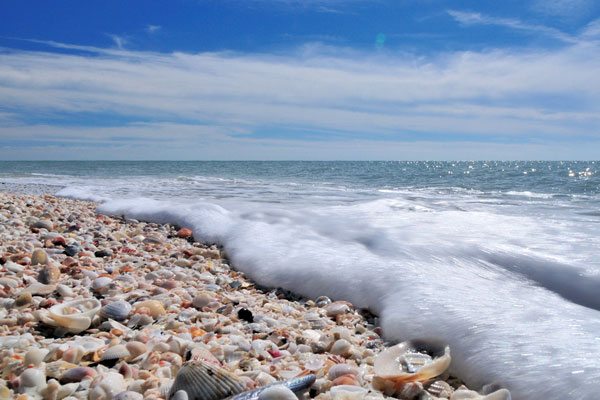
3. Sanibel Island Used to Be One Island with Captiva Island
At one point, Sanibel Island is known to have been one island along with Captiva Island, which is an island that can still be found to its north. However, at some point around 3,000 BC, the erosion of the sand that make up barrier islands turned one island into two islands. With that said, it is interesting to note that the separation between the two is not perfect, meaning that extreme weather has been known to connect and separate the two islands from time to time.
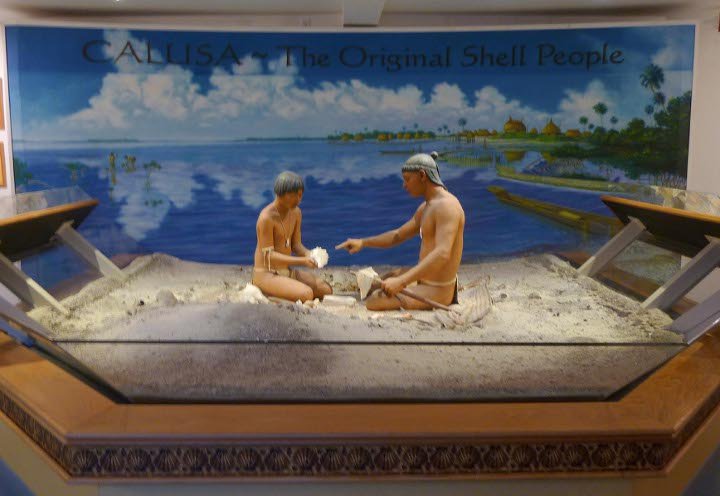
4. Sanibel Island Was Once Home to the Calusa
The earliest inhabitants of Sanibel Island are said to have been the Calusa. Since Calusa meant something along the lines of “fierce people,” it should come as no surprise to learn that these Native Americans were more war-like than most. Furthermore, considering their proximity to the sea, it should also come as no surprise to learn that these Native Americans made excellent use of the bounty of the sea, whether by fishing with nets made using palm tree webbing or collecting the shellfish for food as well as tools, utensils, and ornaments.
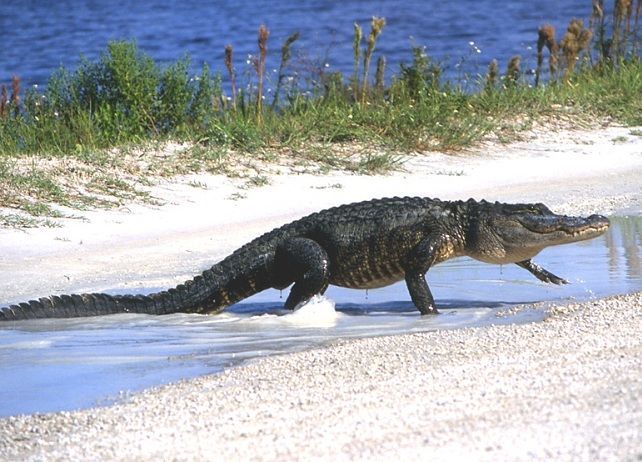
5. Sanibel Island Was Connected to Much of Southwest Florida
Curiously, while the Calusa did not bother with agriculture but instead fed themselves by using estuarine fisheries, they managed to create a complex society presided over by a paramount chief with a clear line of succession. Their territories sprawled over much of Southwest Florida, which was possible in part because of the system of canals and other waterways that enabled flourishing trade. Since Sanibel Island was one of their most important settlements, it was connected to much of Southwest Florida through that system.

6. Sanibel Island Might Have Been Named for a Spanish Queen
No one knows the exact origins of Sanibel Island’s name, though the earliest form of it is thought to have been San Nibel based on an old map labeling a harbor on the island as Puerto de S. Nibel. One story is that the explorer Juan Ponce de Leon named the island for either Queen Isabel I of Spain or the saint whose name she shared, thus leading to the name of Santa Ybel, which would have transformed into the much more familiar Sanibel over time.

7. Sanibel Island Might Have Been Named for a Spanish Woman of the Same Name
Another story about the origins of Sanibel Island’s name is related to Jose Gaspar, who is said to have been based out of the region but cannot be confirmed to have ever existed. In short, Gaspar is said to have had a first mate named Roderigo Lopez, who is supposed to have named the island after his beautiful lover, who he had left back in Spain. Naturally, since Gaspar is an apocryphal figure, it should come as no surprise to learn that this story should be treated with a healthy dose of skepticism.
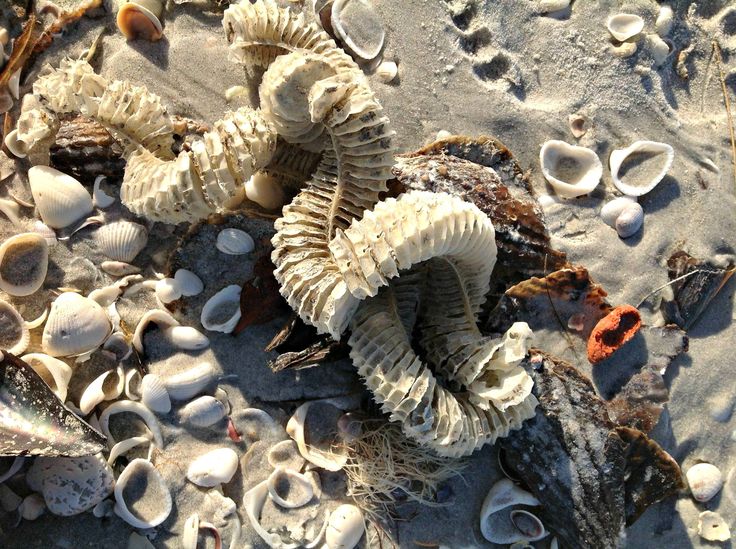
8. Sanibel Island Is Supposed to Have Pirate Treasure Buried On It
Gaspar is a popular figure in the region, meaning that there are a lot of stories about him as well as his supposed exploits. For example, he is said to have allowed a Haitian pirate named Black Caesar to establish his base on Sanibel Island because of their alliance. However, when Gaspar learned that Caesar was stealing from him, he drove him off, but not before the Haitian pirate had buried his treasure somewhere on Sanibel Island.
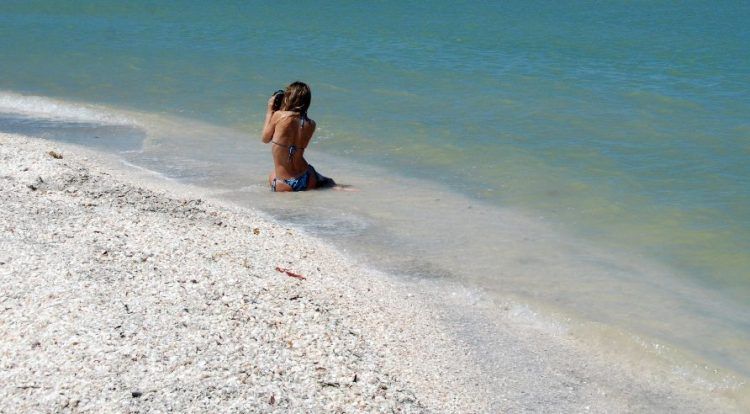
9. Sanibel Island Has Serious Restrictions on Development
When the City of Sanibel was incorporated, it passed serious restrictions on development in response to the rapid growth on the island after it was connected to the mainland by the Sanibel Causeway. For example, there are two buildings taller than two stories that can be found on the island, which have been permitted to stand because they were built before the restrictions. While it could be argued that these restrictions have limited the economic growth of the island, they are worth it because they have protected its unique ecosystems.

10. Sanibel Island Only Has Two Chain Restaurants
On a related note, Sanibel Island has a total of two chain restaurant in the form of a Dairy Queen and a Subway. Once again, this is because the City of Sanibel passed serious restrictions on their presence on the island, with the two chain restaurants having managed to dodge them by virtue of having existed before their passage.
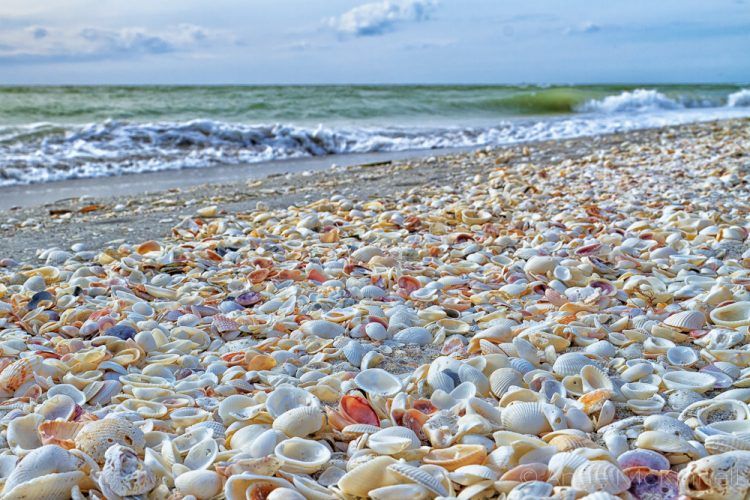
11. Sanibel Island Is Famous For Seashells
The beaches on the side of Sanibel Island facing the Gulf of Mexico are famous for their seashells, which come from species living in shallow waters as well as species living in deeper waters. In part, this is because the same natural processes that created Sanibel Island are also responsible for washing them up onto the shores, though the rich variety of marine life in the region should also receive some credit. Common examples of the seashells on Sanibel Island include but are not limited to conchs, scallops, whelks, and sand dollars, making it a popular choice for seashell collectors.
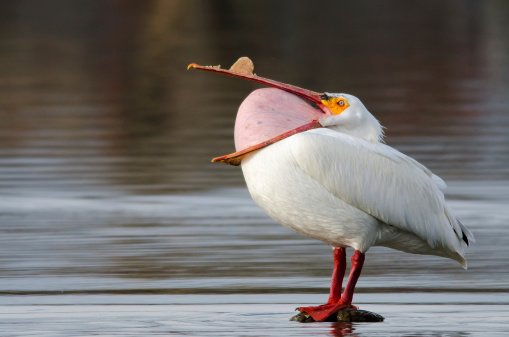
12. Sanibel Island Is Famous for Birds
Likewise, Sanibel Island is home to a wide variety of birds, many of which are adapted for taking advantage of the rich bounty of the sea in much the same manner as humans. For example, egrets, herons, and pelicans are common sights on the island, while more familiar seabirds such as terns and seagulls also make an appearance. One particularly interesting species that can be found on Sanibel Island is the American bald eagle, which can be found here and there as nesting pairs.
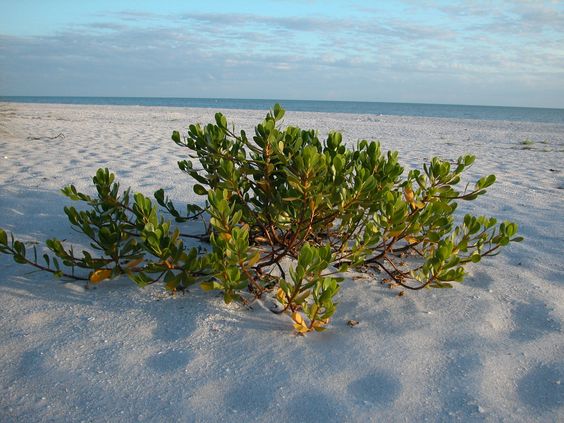
13. Sanibel Island Is Famous for Plants
Naturally, Sanibel Island has some interesting plants that are rare in other regions of the United States. For example, mangroves are tropical and subtropical trees that can not just survive but thrive in brackish water and even seawater by virtue of their complex root systems, which serve to filter out most of the salt. However, the island’s native ecosystems have been threatened by the Australian pine in recent years because its canopy blocks out the sunlight while its pine needles smothers native vegetation. Something that serve as a reminder of the importance of Sanibel Island’s conservation efforts.
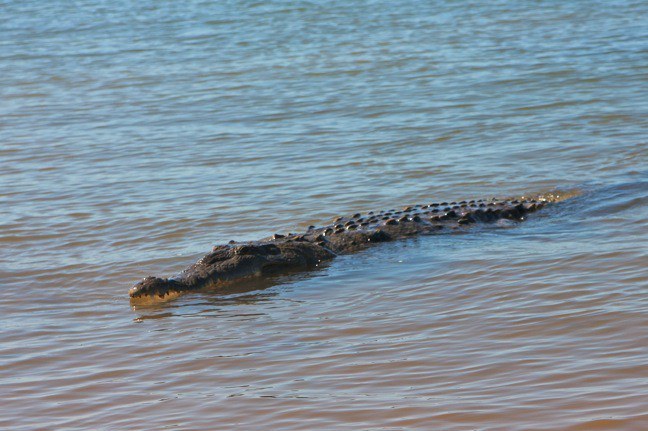
14. Sanibel Island Has Crocodiles
With that said, it is interesting to note that Sanibel Island is home to some more potentially dangerous animals as well, with its population of American alligators being a prime example. There also used to be a single American crocodile named Wilma by the locals, but she is known to have died sometime around 2010 because of either old age or harsh winter temperatures. Interestingly, she was so well-liked that there is actually a memorial dedicated to her memory on the island, which can be seen by interested individuals.

15. Much of Sanibel Island Is Dedicated to Conservation
Given the sheer range of unique ecosystems that can be found on Sanibel Island, it should come as no surprise to learn that its residents are extremely interested in conservation. In fact, half of all the land on both Sanibel Island and Captiva Island has been given over to wildlife refuges. One example is the J. N. “Ding” Darling National Wildlife Refuge, which is instrumental in protecting the habitats of migratory birds throughout the United States.

16. Causes the Sanibel Stoop
The Sanibel Stoop refers to the bent-over posture of people searching for seashells on the beaches of Sanibel Island. In fact, searching for seashells is so popular that it can be a serious challenge for people to find a parking space for their vehicle when they want to make use of the beaches during the summer. However, it should be noted that this is not just because of the seashell hunters, but also because of people who want to fish, people who want to wind-surf, and even people who just want to rest and relax.

17. Can Get Mentioned in Local Newspapers for Finding a Junonia
Some seashells are rarer than others, meaning that finding them is particularly noteworthy. For example, the Junonia is a particularly popular find because while it is not particularly uncommon, its deep-water habitat means that few specimens wash up on the shores of Sanibel Island. In fact, finding one is actually a relatively reliable way for people to get mentioned in the local newspapers, which speak volumes about their rarity as well as the value placed on the spotted surfaces of their spiraling, conch-shaped shell.
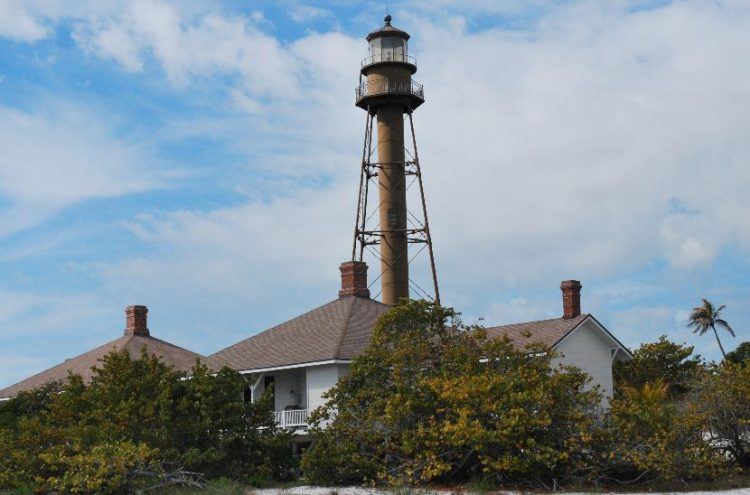
18. Home to Sanibel Island Light
One of the most famous sites on Sanibel Island is Sanibel Island Light, which was one of the first lighthouses to be built in the state of Florida north of Key West. The residents of the region had long wanted a lighthouse to guide ships into the mouth of San Carlos Bay, but funding for the project was not allocated until 1883. Even then, the ship bringing the iron components of the lighthouse sunk off of the coast, though hard-hat divers manage to recover most of them so that the project could proceed with minimal interruption. Today, the lighthouse is not open to the public, but the grounds offer plenty of opportunities for fishing as well as the local nature trails.

19. Home to the Sole Shell Museum in the United States
Sanibel Island’s reputation for being a center of seashell collecting can be seen in the fact that it is home to the Bailey-Matthews National Shell Museum, which is the one museum in the whole of the United States that specializes in showcasing seashells as well as the mollusks that make them. Besides its exhibits, it even has a malacologist, which is a scientist who specializes in mollusks, as well as two other marine biologists on the site to teach interested individuals about these fascinating animals.
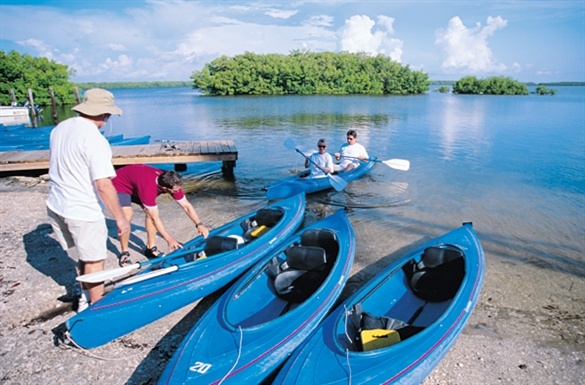
20. Great for Canoeing and Kayaking
Finally, it should be noted that Sanibel Island is included in the Great Calusa Blueway, which has stretches running through the open waters of the Gulf of Mexico as well as stretches that weave through the coasts of both Sanibel Island and Captiva Island. As a result, it is suitable for a wide range of canoeing and kayaking enthusiasts with a wide range of experiences, particularly if they are also interested in seeing either dolphins or manatees, which are known to make an appearance on the blueway from time to time.


Comments
Loading…